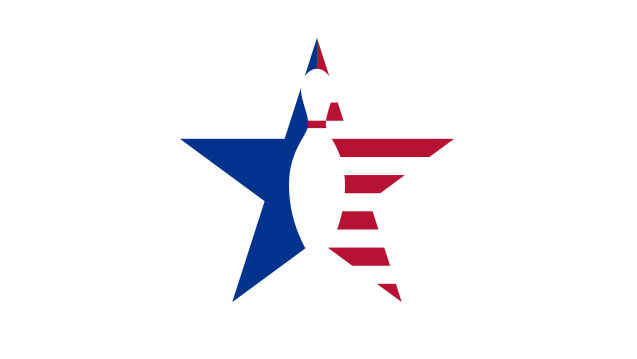Ebonite: Mission 2.0

56 Hook 14 Length 16.5 Breakpoint Shape
Core Design: In the 2.0, Ebonite incorporated the same high-powered Mission 1.0 asymmetric core (March 2009) to deliver a low RG of 2.49, a .055 Diff and a .013 intermediate Diff. This combo resulted in fast revs followed by a 6” flaring finish.
Coverstock: The Mission 2.0’s XL1250 pearl reactive formula is sanded with 800, 1000 and 2000 grits, insuring well above-average oil traction with a moderate response off drier boards. This beauty is colored with an eye-catching silvery-orange skin.
Manufacturer’s Intent: Says Ed Gallagher, Ebonite Brand Manager, “The intent of the Mission 2.0 was to develop a performance follow-up to the Mission, not venture too far away from that ball’s motion. The new veneer, XL1250, provides more surface texture to allow less hyper skidding in heavy oil. The percentage of pearl used in the 2.0 is the highest we have ever used and this has increased the back-end continuation.”
Test Results: We tested the Mission 2.0 against a similarly drilled 1.0 on four patterns. On the oilier patterns, the original hooked an average of two boards stronger and about one foot sooner. The breakpoint shape seemed very similar with box finish. On the light to medium patterns, we saw more total hook with the 2.0 and about two feet more length. We also saw increased break on these less oily patterns, similar shape, but with a touch more length and back-end pop. Polishing both balls enhanced the back-end even more, but limited us to lighter and shorter oil.
When to Use: With the 2.0’s aggressive box finish and strong core/cover combo, most styles will find a multitude of uses on house and Sport patterns. The strong asymmetric core promotes quick revs and a sharper breakpoint off friction, assuming the correct ratios for drilling and VAL angles. Longer and lower pin distances from the PAP will encourage more downlane roll and help get the ball into the roll phase. Players wanting more open launch angles and more sideways back-end reactions should use pin distances of 3-4” as long as their tilt and rotations fall within normal guidelines.





